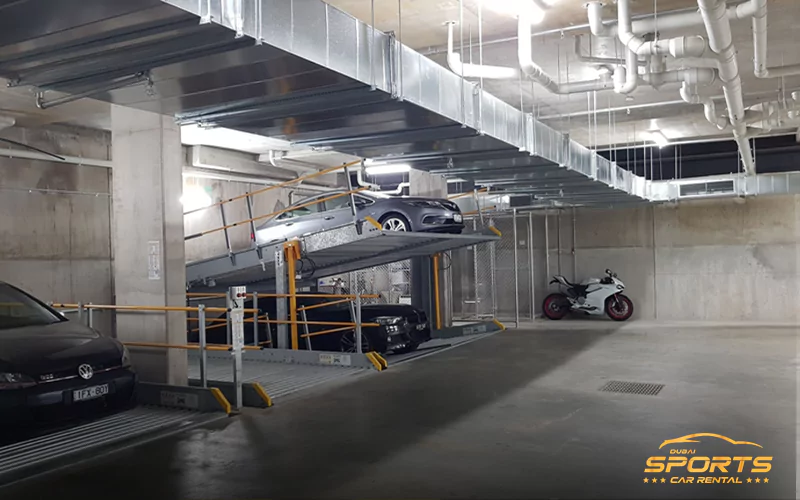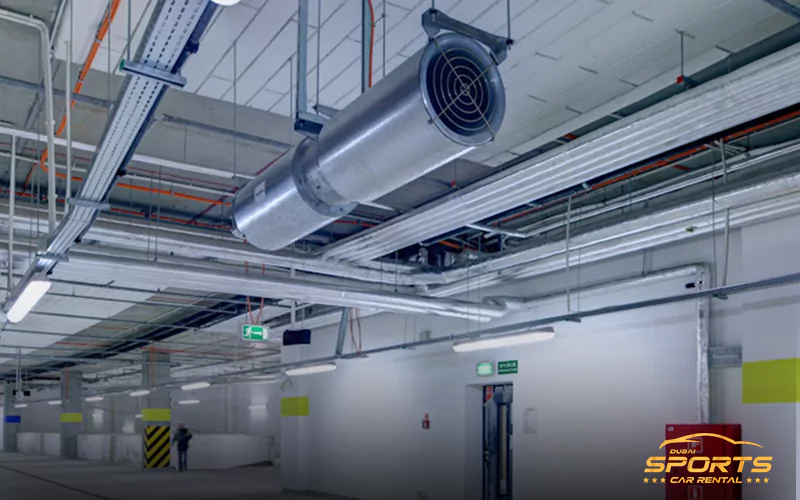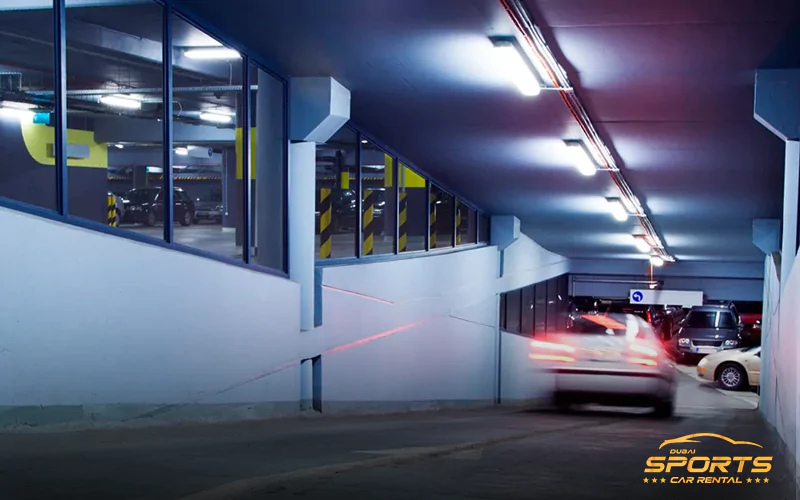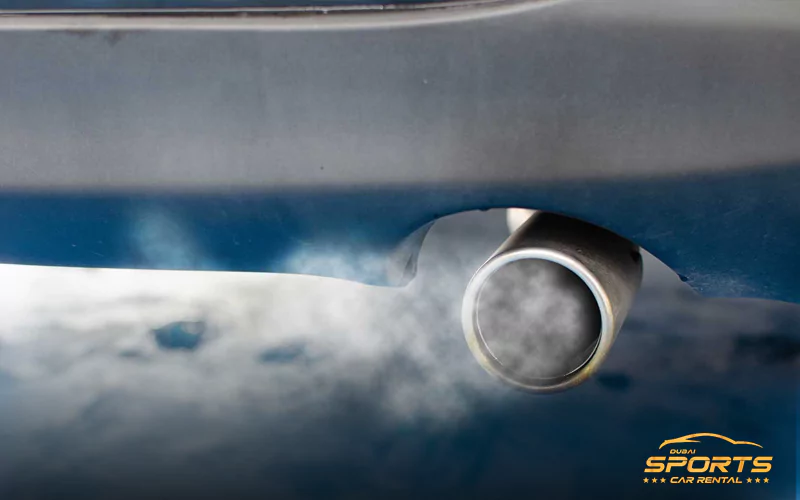Car parks are an integral part of our urban infrastructure, providing convenient parking spaces for vehicles. However, due to the enclosed nature of car park structures, proper ventilation is crucial to ensure the safety and well-being of both users and the infrastructure itself. Therefore, in this article, we will delve into the importance of car park ventilation standards and the factors influencing ventilation requirements. Additionally, we also shed some light on the guidelines that govern the design and operation of ventilated car parks.
Why are car park ventilation standards important?
Car park ventilation standards aim to mitigate risks by providing guidelines for effective airflow, pollutant extraction, and the removal of noxious fumes. Car parking structures can be prone to various hazards, including some of the following:
- Vehicle emissions
- Exhaust gasses
- Potential buildup of harmful pollutants
Inadequate ventilation within the parking facility can lead to poor air quality, and reduced visibility. It can also lead to increased fire risks, and health concerns for both occupants and nearby residents.
Factors influencing ventilation requirements
Several factors come into play when determining the ventilation requirements for a car park. Therefore, we have listed out 4 of the most essential factors to help you understand the importance of car park ventilation standards:
- Occupancy and vehicle volume
- Size and layout
- Levels of emissions
- External environment
Occupancy and vehicle volume
The number of vehicles using the car park and the duration of their stay contribute to the overall pollutant load. Car parks with high vehicle turnover rates will require more robust ventilation systems to maintain acceptable air quality.
Size and layout
Dimensions and layout are also equally important in a car parking facility. It influences the airflow patterns and the distribution of pollutants. Larger car parks may require more extensive ventilation systems to ensure proper air circulation.
Levels of emissions
Vehicle type and their emission levels is another factor that significantly impacts the ventilation needs. Components such as the mix of combustion engine and electric vehicles, as well as the presence of older vehicles with higher emissions, should be considered when determining ventilation requirements.
External environment
The proximity of the car park to residential or commercial areas can influence the need for additional ventilation measures to prevent the migration of pollutants and mitigate the impact on surrounding environments.
Guidelines for car park ventilation standards
Various international standards and guidelines exist to ensure proper ventilation in car parks. Here are the guidelines that you must know about:
- AS/NZS 1668.2
- NFPA 88A
- CIBSE TM52
AS/NZS 1668.2
This Australian and New Zealand standard provides guidelines for the mechanical ventilation of buildings, including car parks. It outlines requirements for airflow rates, air quality, pollutant extraction, and emergency ventilation.
NFPA 88A
The National Fire Protection Association (NFPA) standard 88A focuses on parking structures and provides guidance on ventilation, fire protection, and life safety systems. It addresses airflow rates, detection systems, and emergency ventilation design.
CIBSE TM52
The Chartered Institution of Building Services Engineers (CIBSE) Technical Memorandum TM52 offers guidance on the ventilation of enclosed car parks in the United Kingdom. It covers design considerations, system selection, and air quality requirements.
Car park ventilation system design: A strategic approach
When you are conceptualizing the structural design of a ventilated car park, the following key considerations should be taken into account:
- Ventilation system selection
- Airflow rates
- Exhaust extraction
- Emergency ventilation
- Monitoring and maintenance
Ventilation system selection
The type of ventilation system (mechanical, natural, or hybrid) should be determined based on the car park’s specific requirements and local regulations.
Airflow rates
Adequate ventilation requires determining the appropriate airflow rates based on the size, occupancy, and emissions levels of the car park. These rates should ensure proper air exchange to maintain acceptable air quality.
Exhaust extraction
Effective pollutant extraction systems, such as exhaust fans or ducts, should be installed to remove vehicle emissions and pollutants from the car park environment.
Emergency ventilation
Emergency ventilation systems, including smoke control and extraction, should be incorporated to ensure the safety of occupants in the event of a fire or other emergencies.
Monitoring and maintenance
Regular monitoring and maintenance of ventilation systems are essential to ensure their ongoing effectiveness. This includes testing air quality, inspecting exhaust systems, and promptly addressing any issues or malfunctions.
Vehicle parking ventilation systems
In conclusion, adhering to car park ventilation standards is crucial for maintaining a safe and healthy environment within car park structures.
Proper ventilation helps mitigate the risks associated with vehicle emissions, improves air quality, reduces fire hazards, and enhances the overall user experience.
By following established guidelines and considering the specific factors influencing ventilation requirements, car park owners and operators can create safer and more comfortable parking facilities for all users.
At Dubai Sports Car Rental, our car park facility abides by these regulations to ensure the safety of our clients and our cars.







